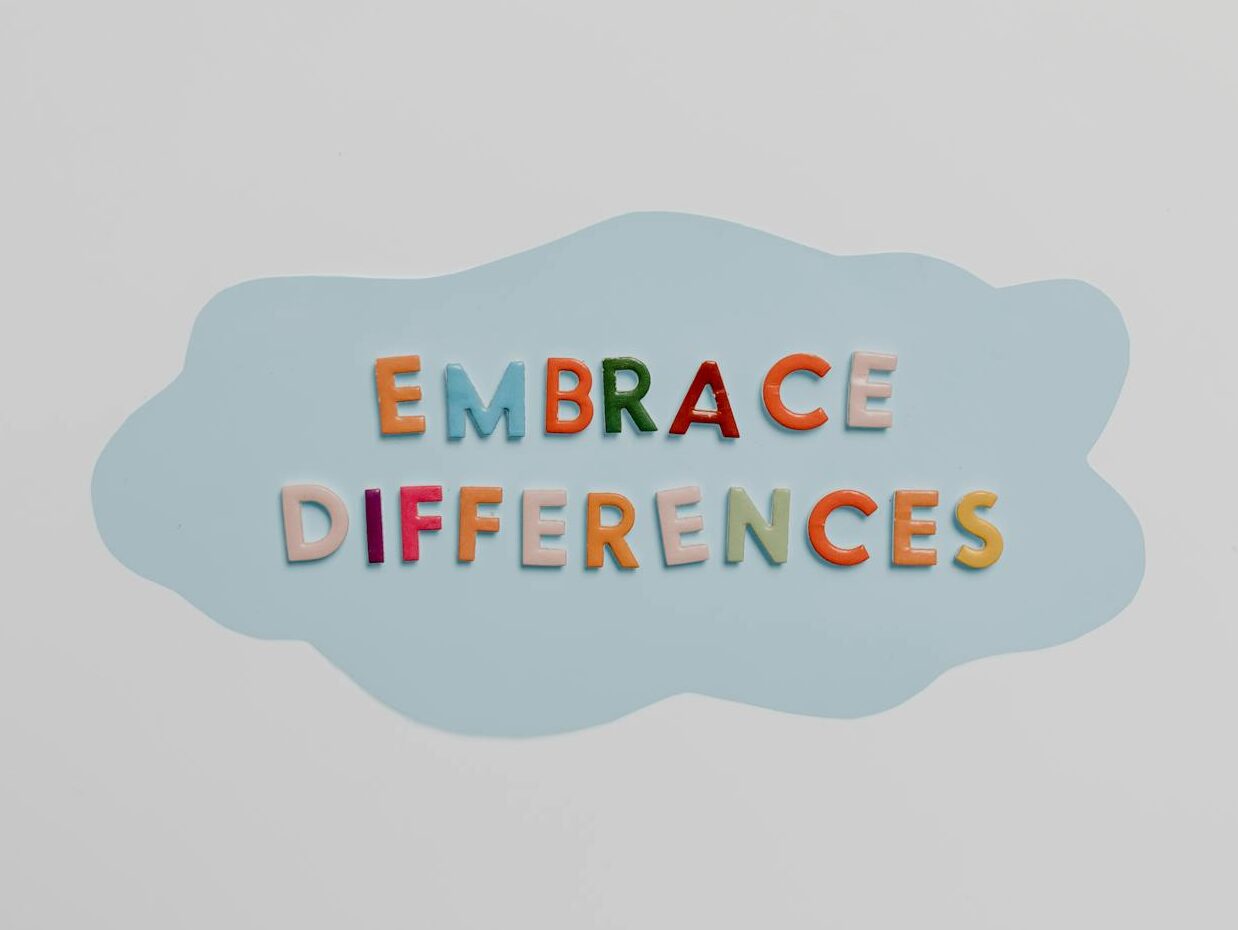Inclusive education is a belief about what schools are for.
At its heart lies the conviction that every learner, regardless of ability, identity, or circumstance, has the right to belong, participate, and succeed in a shared learning community. This vision challenges leaders to move toward a transformation: designing schools where difference is expected and valued.
As educators, we often say we want every student to thrive. But thriving depends on how we design learning itself. The Universal Design for Learning (UDL) Guidelines 3.0, developed by CAST, offer a powerful framework for realizing inclusion as a structural and moral commitment. UDL helps us reimagine the system, ensuring that access, equity, and excellence are built into the blueprint of our schools.
From Accommodation to Intention: The Promise of UDL 3.0
Inclusive education has evolved far beyond modifying lessons for “exceptional” students. UDL 3.0 builds on decades of research to propose something bolder. UDL is about designing learning environments that anticipate variability and remove barriers before they appear.
Its three guiding principles remain foundational:
- Engagement – the why of learning: connecting to purpose, belonging, and intrinsic motivation.
- Representation – the what of learning: providing multiple pathways for understanding and meaning-making.
- Action and Expression – the how of learning: giving students voice and choice in showing what they know.
But the 3.0 version deepens this vision, emphasizing the need for critical attention to how biases create systemic barriers that create exclusion for all learners.
A Possible Future: Schools That Design for Everyone
Imagine a school in 2030 that has fully embraced UDL as its guiding philosophy.
Classrooms are flexible ecosystems with adaptable furniture, varied tools, and open digital resources. Students collaborate, explore, and demonstrate learning in ways that align with their strengths. Teachers plan together using data to identify barriers in design.
As a principal walking through these spaces, I notice the energy of inclusion. There’s no “special” support room because support happens everywhere. Conversations between teachers are about designing better experiences not about “fixing” students. Inclusion, here, feels natural; as natural as the oxygen in the air.
Leading for Inclusive Design
For school and system leaders, UDL 3.0 offers both a moral compass and a strategic toolset. It asks us to consider inclusion not as a separate initiative, but as the organizing principle of modern schooling.
- Lead learning that models UDL itself. Professional development and staff meetings should mirror the flexibility we want for students: varied entry points, optional pacing, reflection opportunities, and multiple modes of participation. When staff experience UDL, they are more likely to internalize its principles.
- Rethink barriers as design challenges. When inequities appear, leaders can ask: What in our design might be creating this barrier? This shift from “student deficit” to “design opportunity” is foundational to inclusive culture.
- Foster belonging through systems and relationships. Inclusive schools thrive on trust and collaboration. Leaders can build structures that promote shared inquiry, cross-role dialogue, and student voice. Equity doesn’t emerge from policy alone; it grows through connection and empathy.
Inclusion as a Moral Imperative
Leadership for inclusion is ethical leadership. It calls us to see beyond compliance and toward conscience. It calls us to design environments where each person is recognized as capable, valued, and integral to the community’s success.
As educators, we prepare students for an uncertain future. UDL 3.0 gives us a way to ensure that future is equitable. When schools lead with inclusion, they model the kind of society we hope to build: adaptable, compassionate, and profoundly human.


